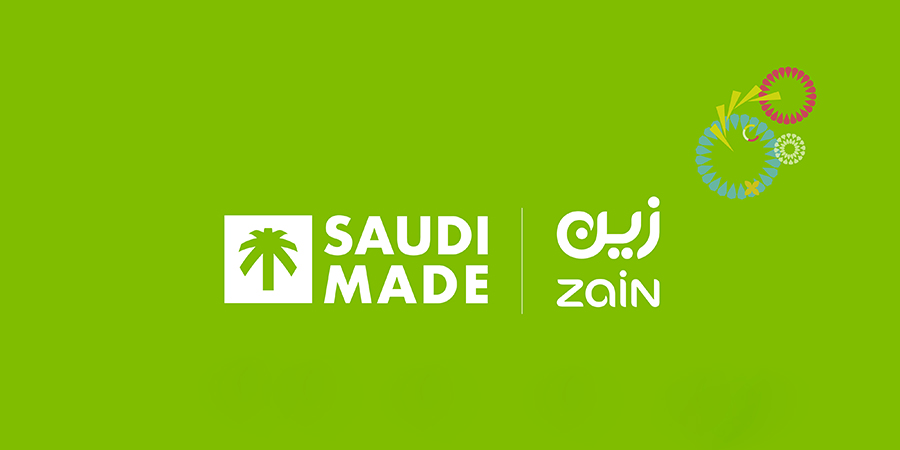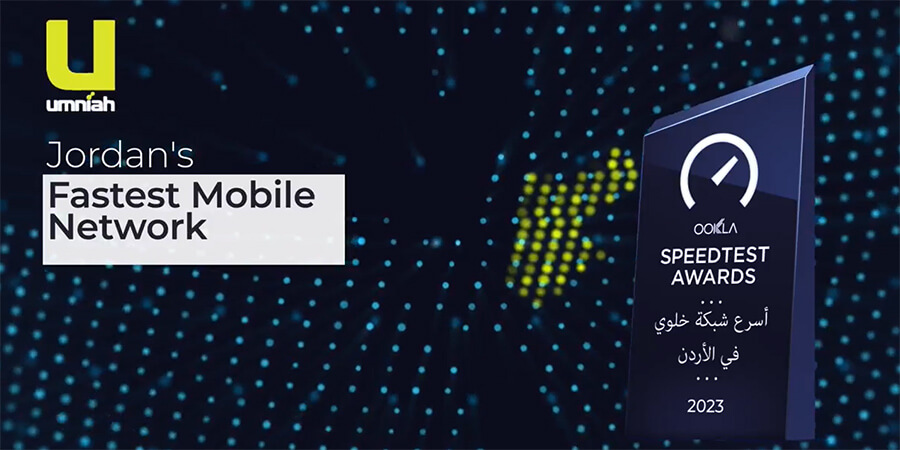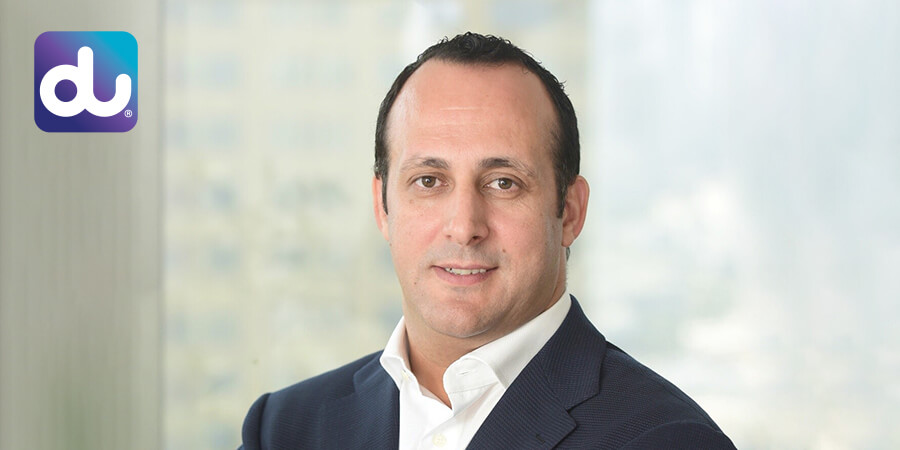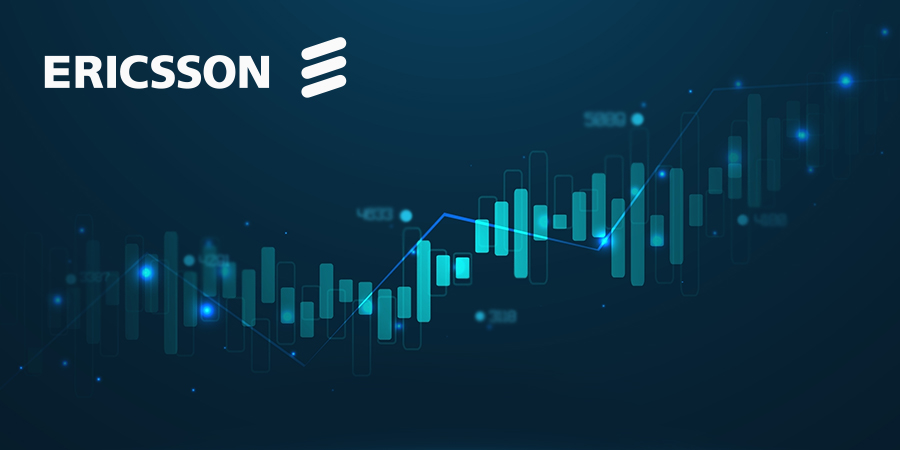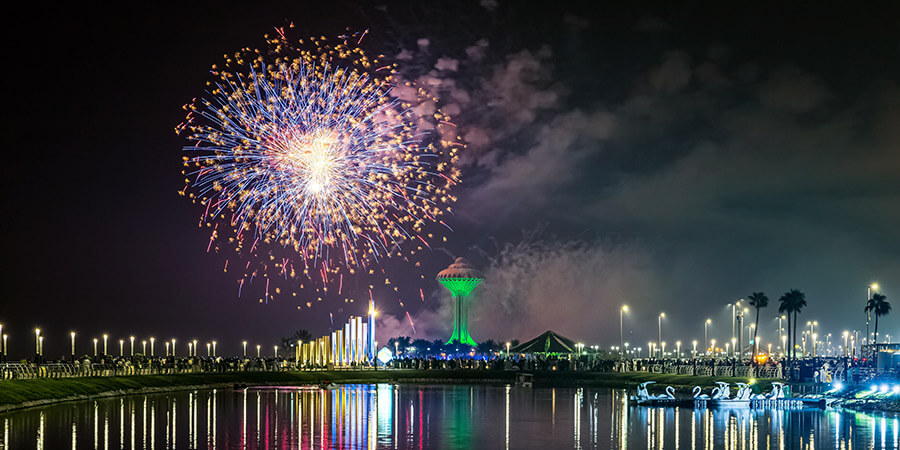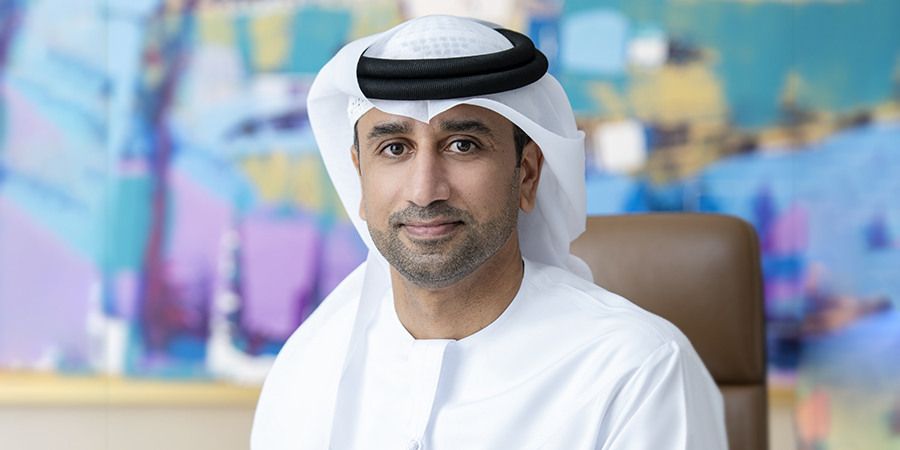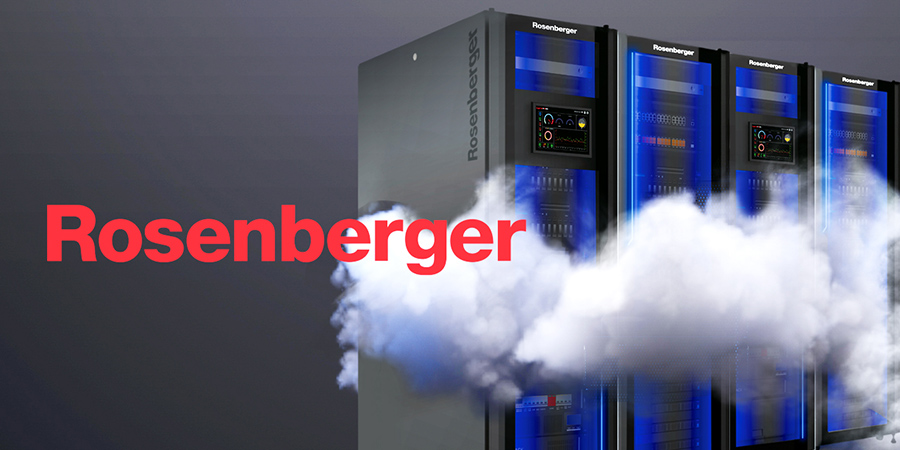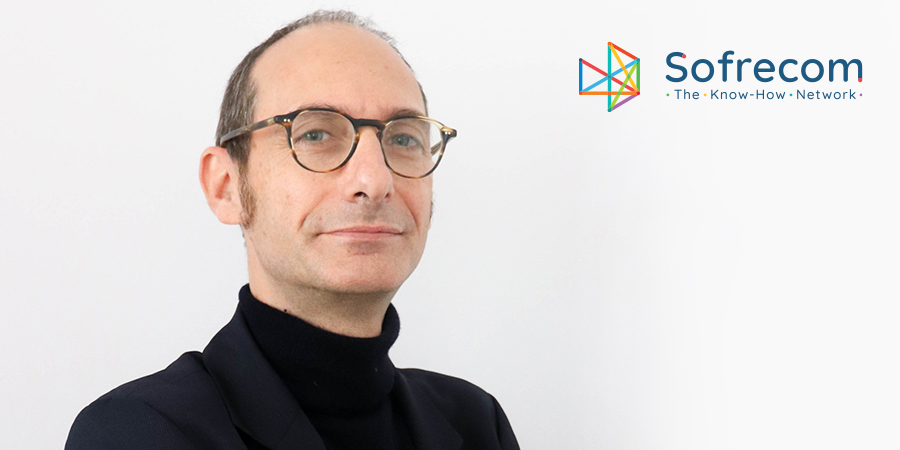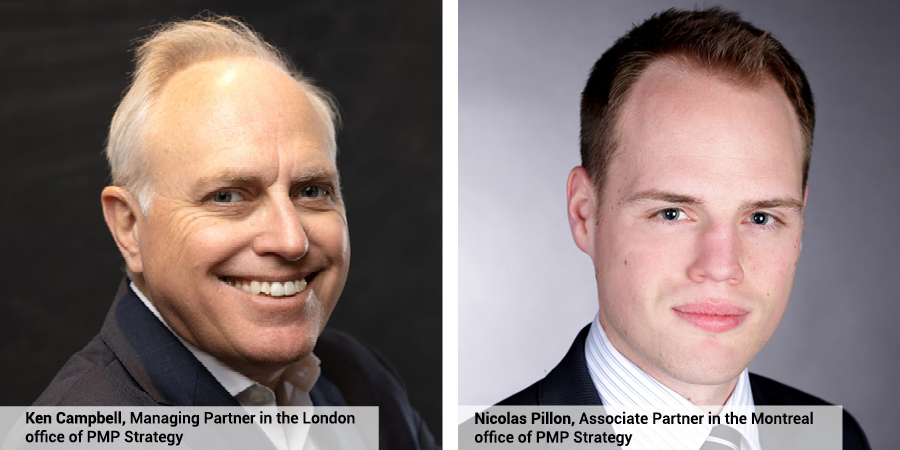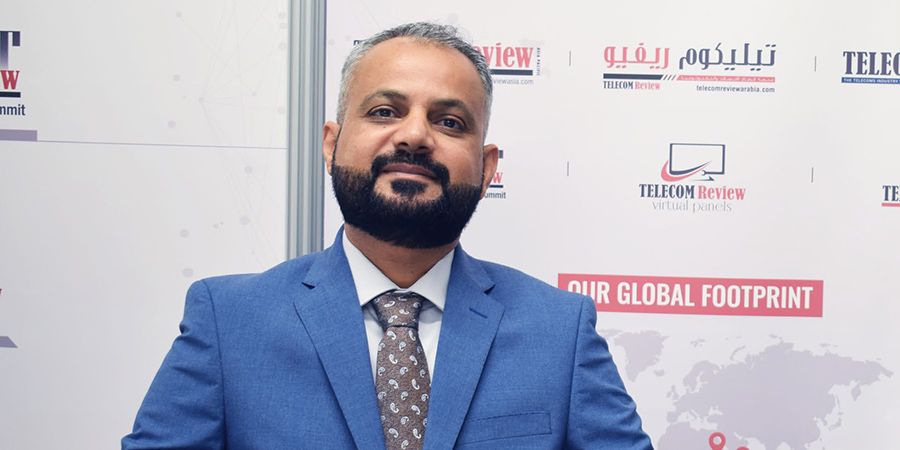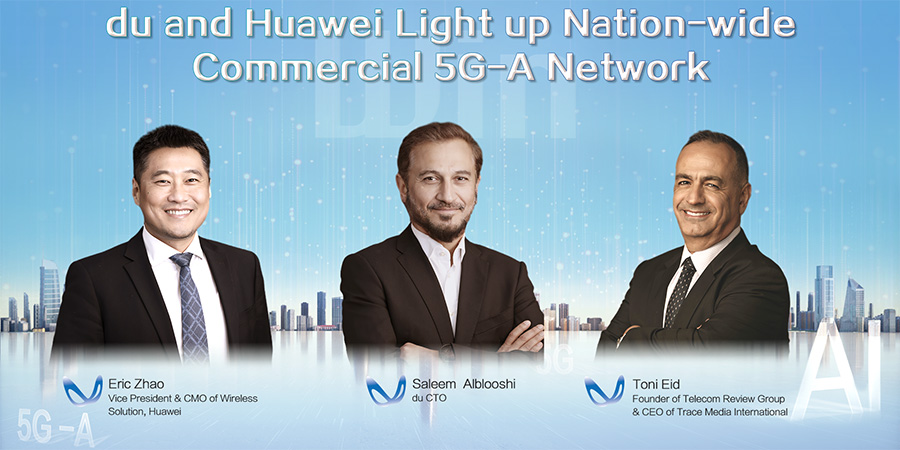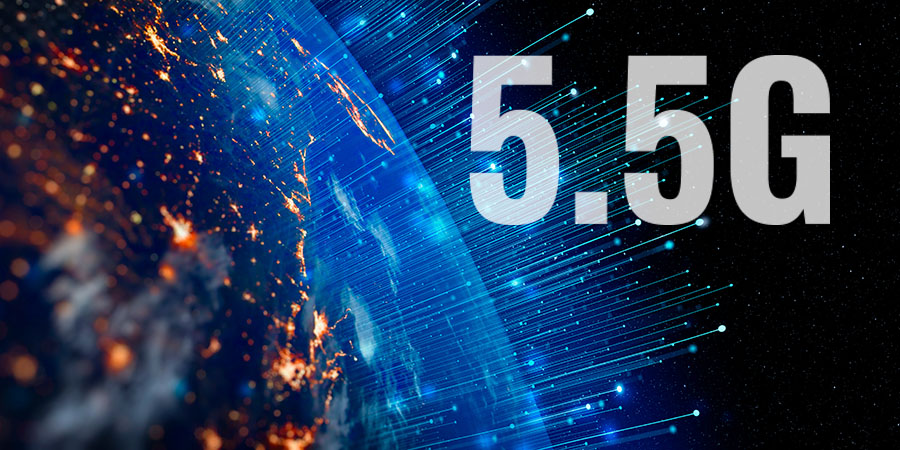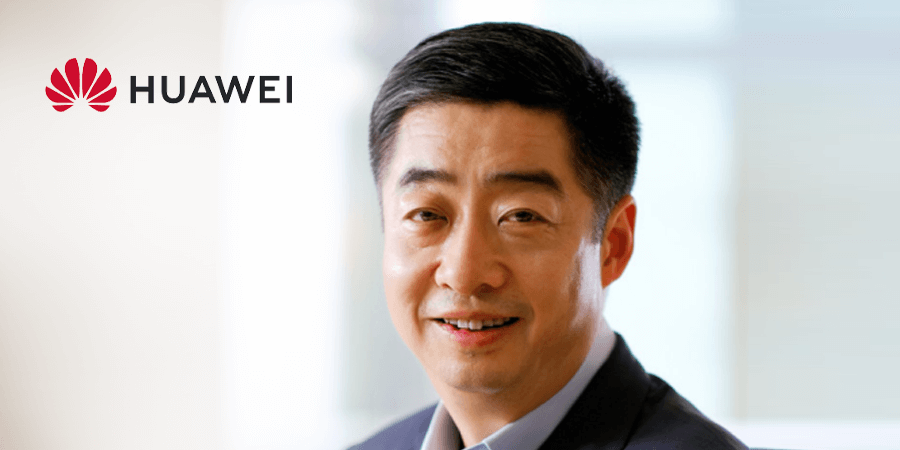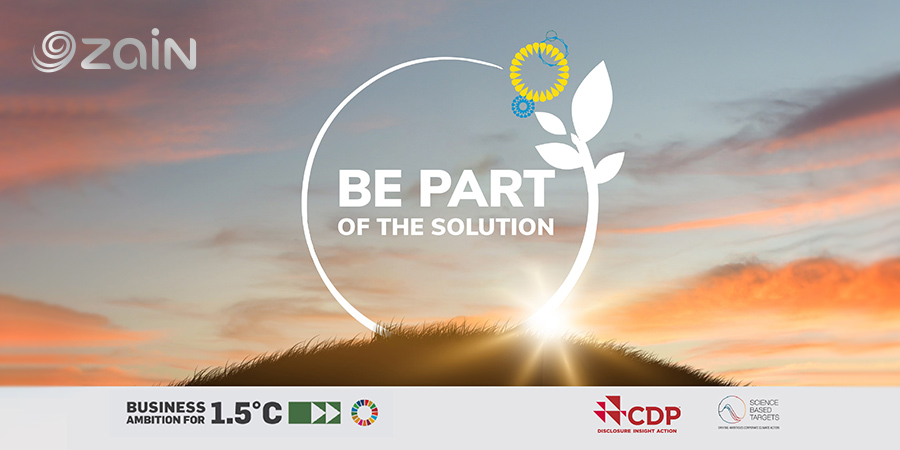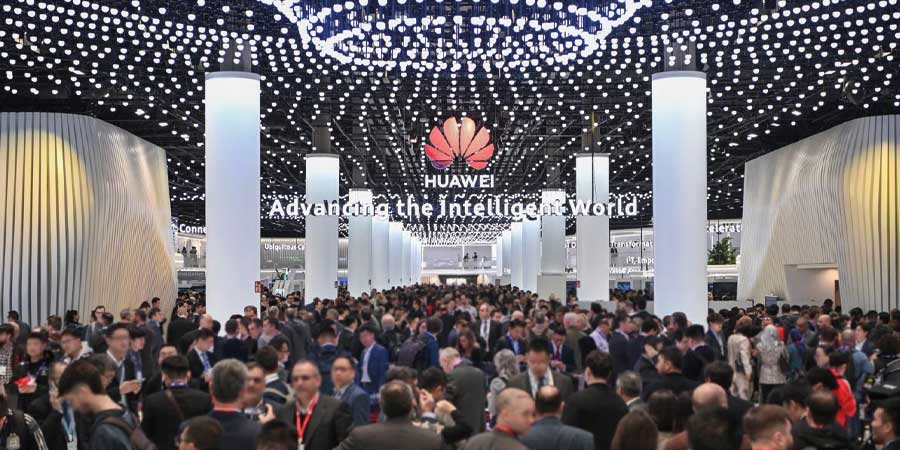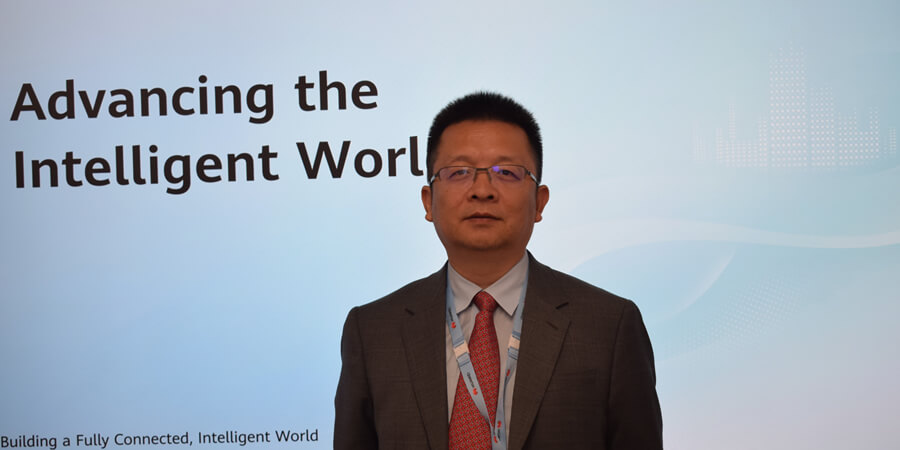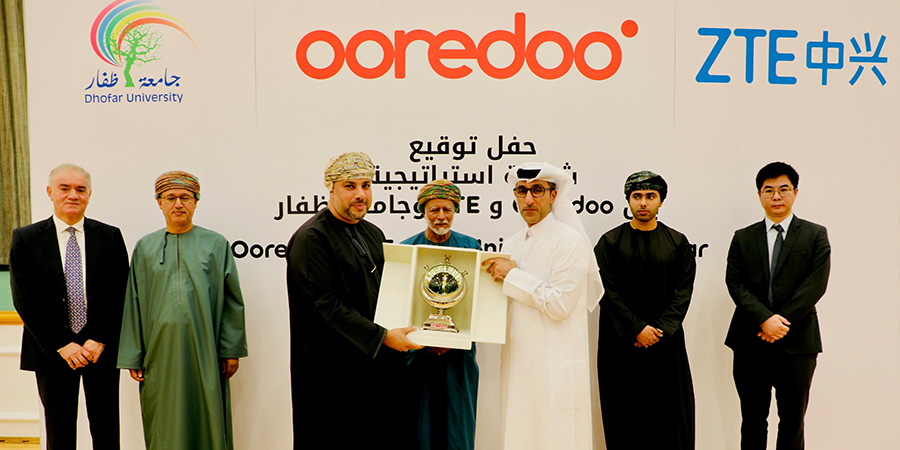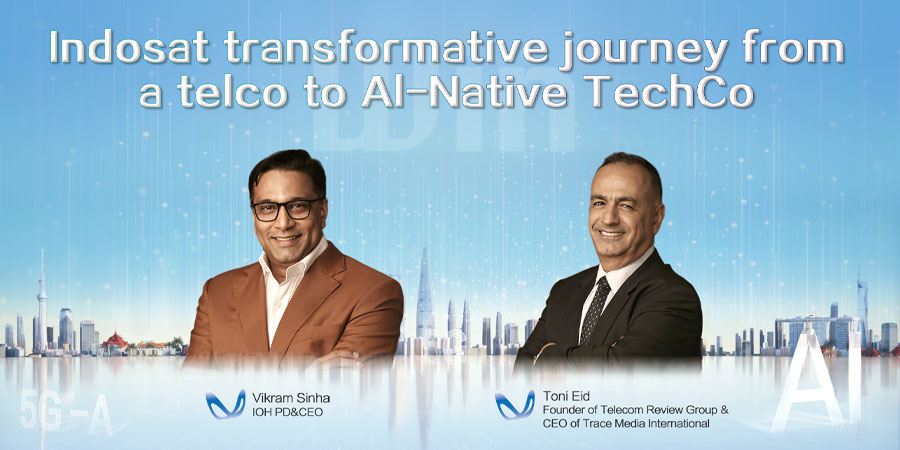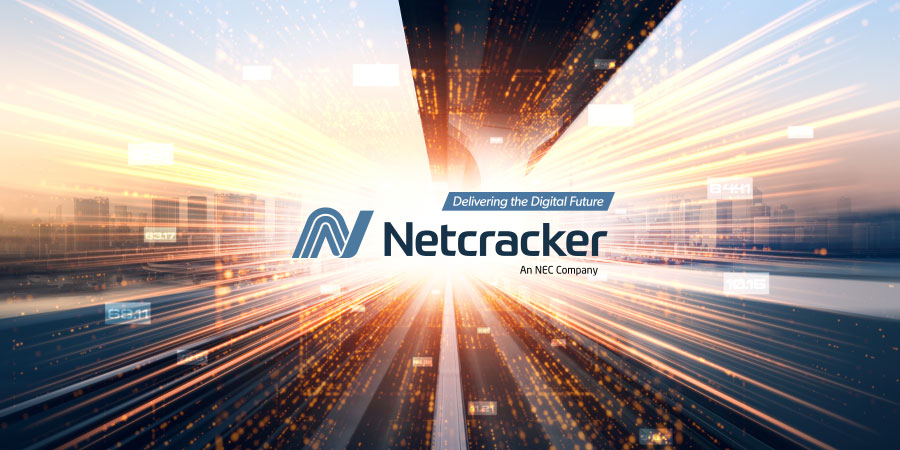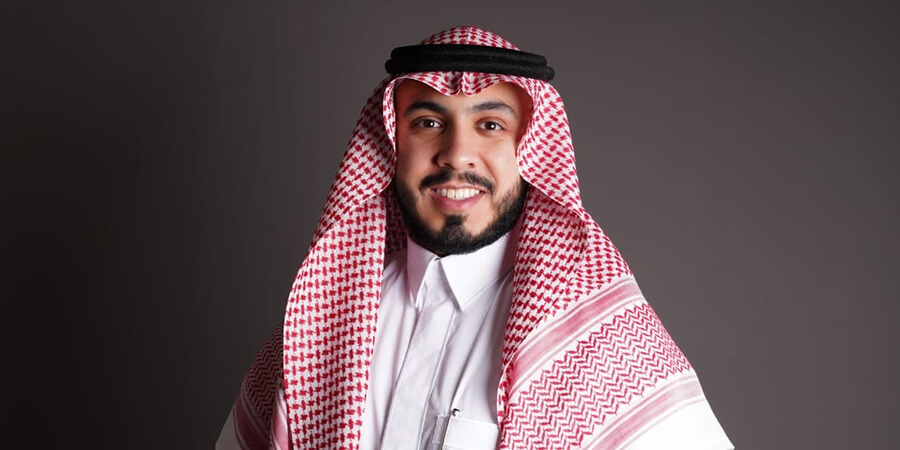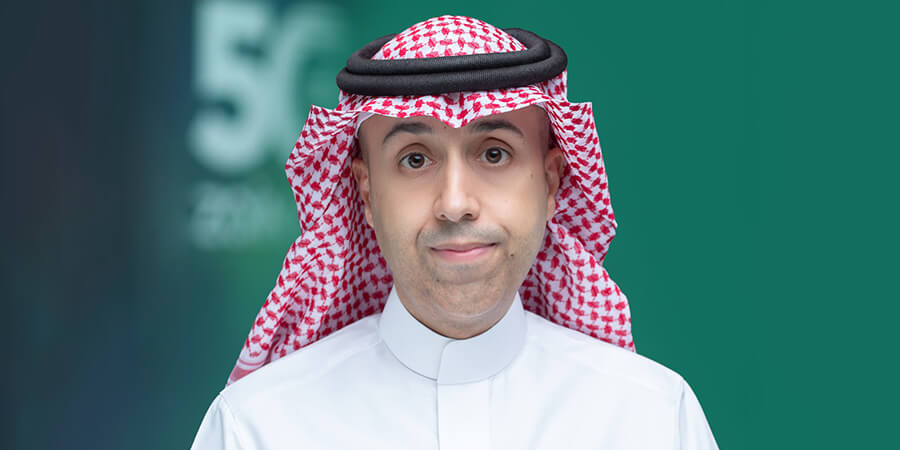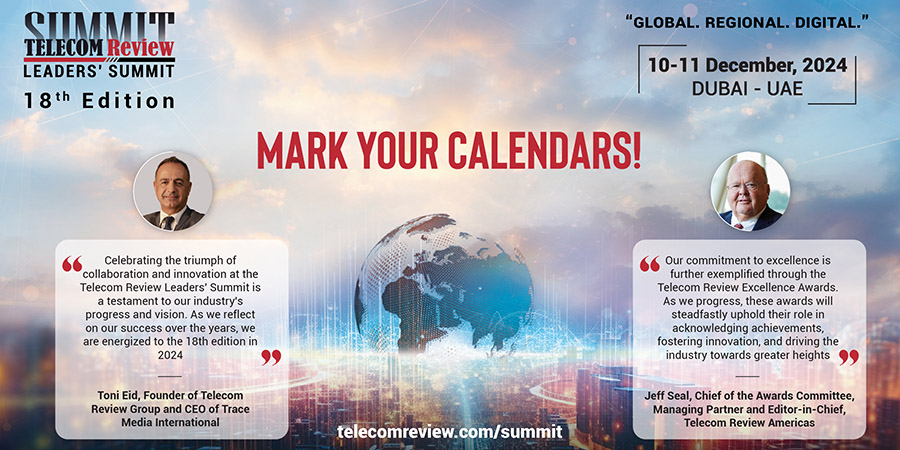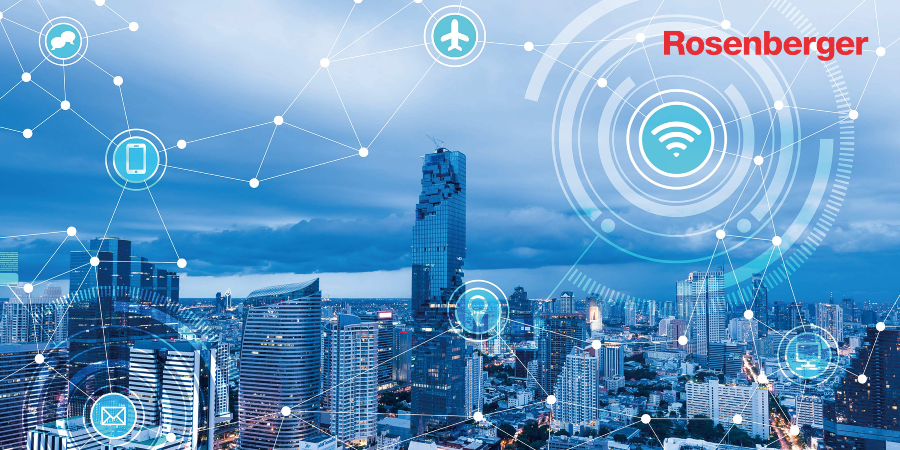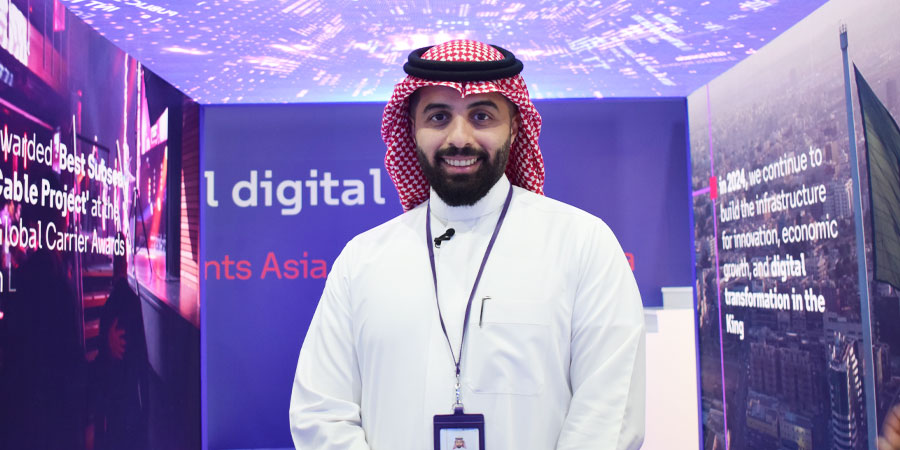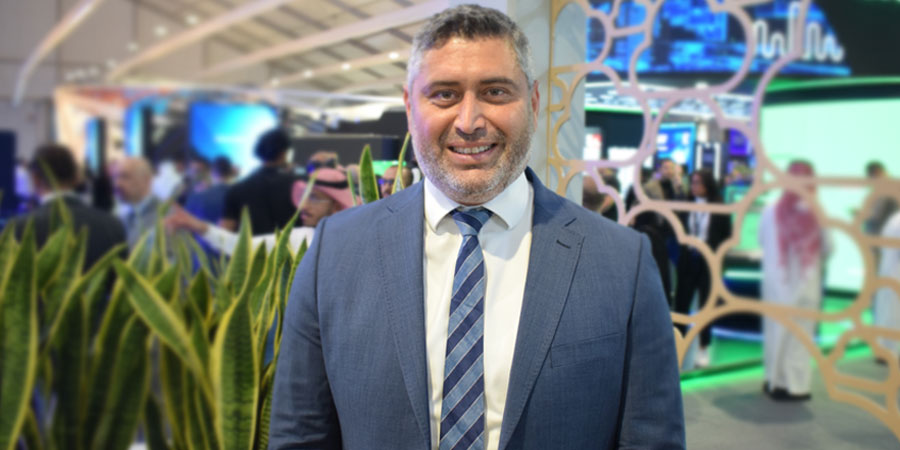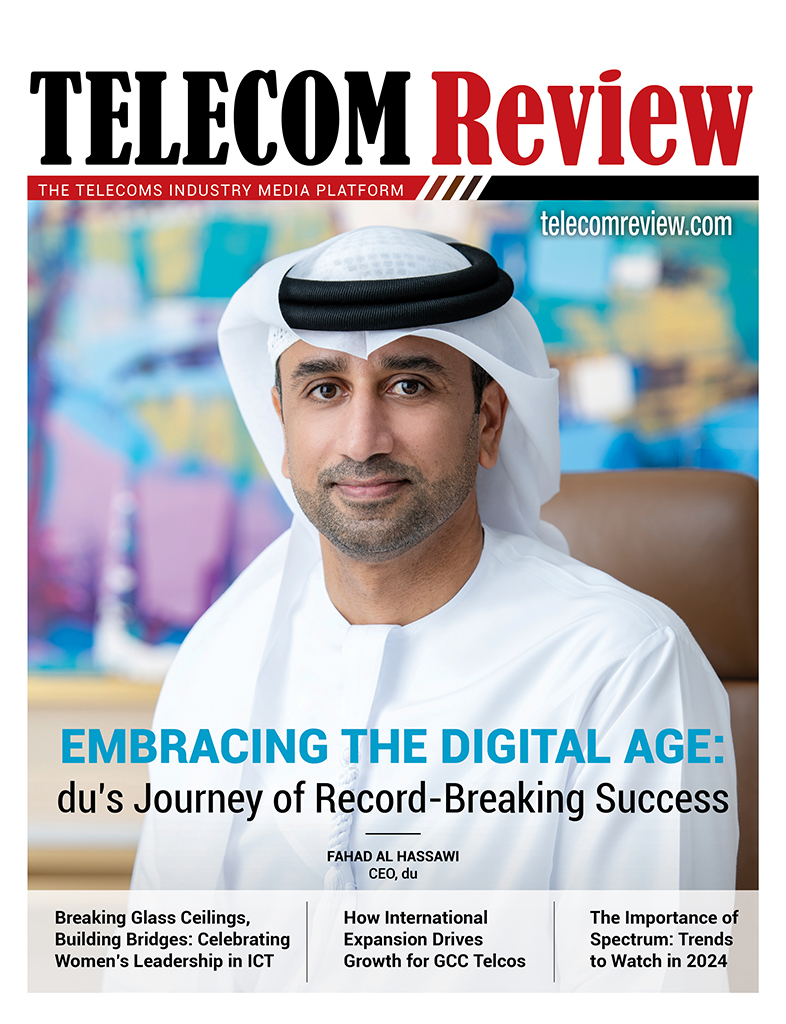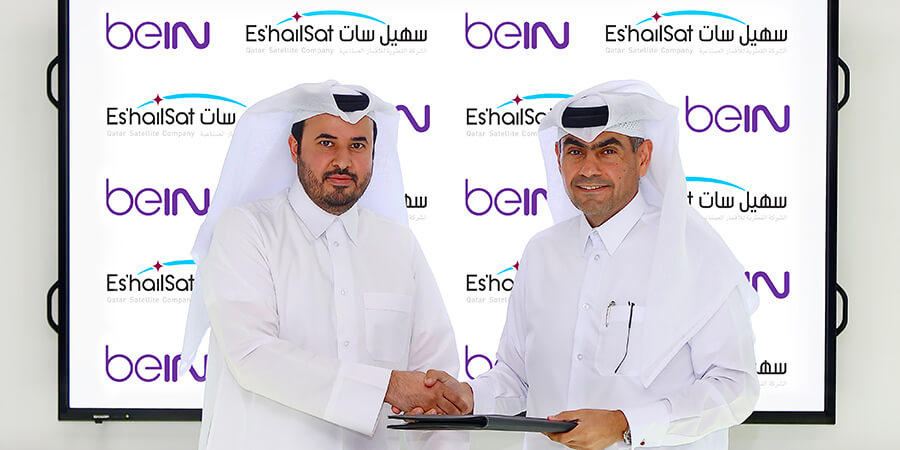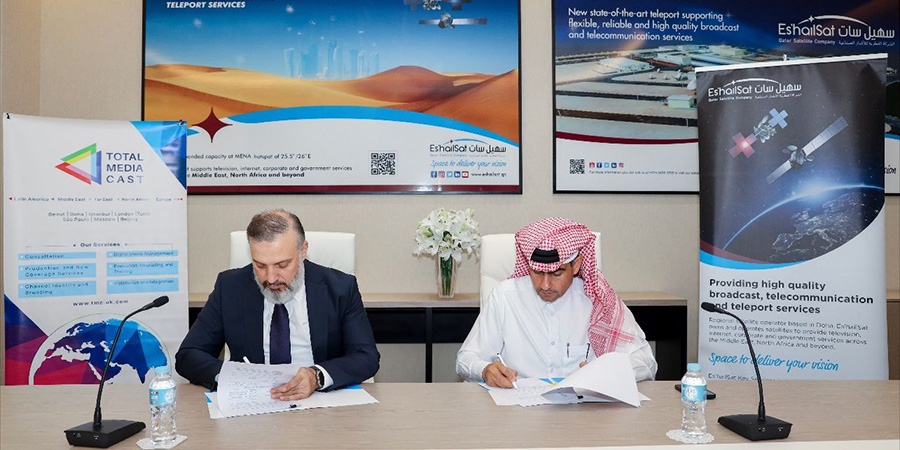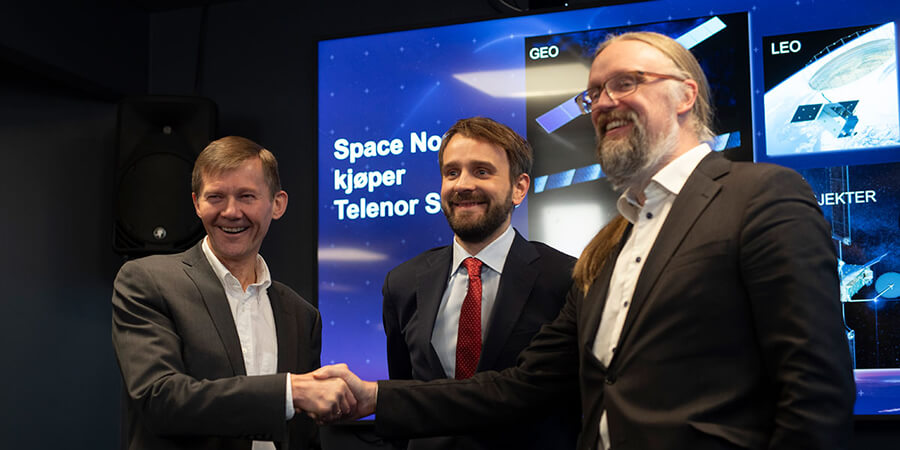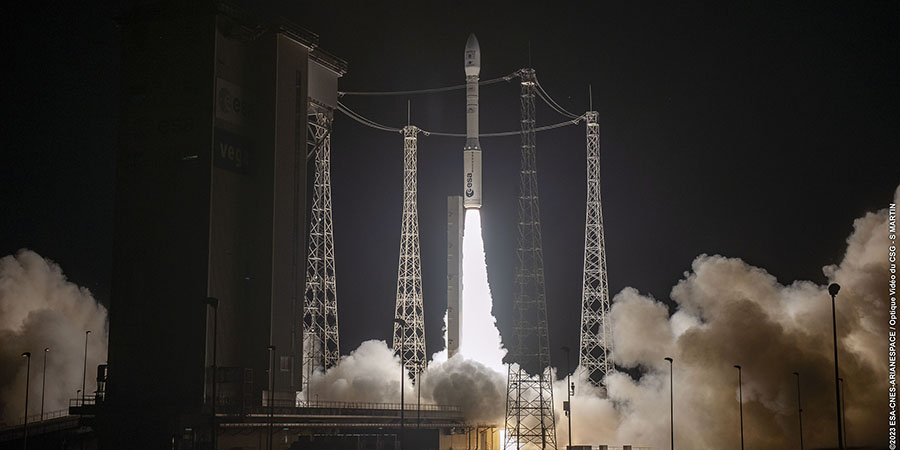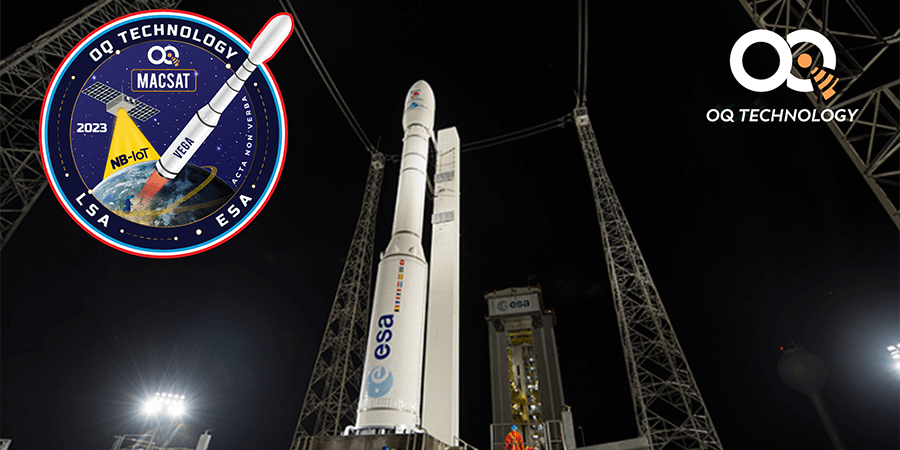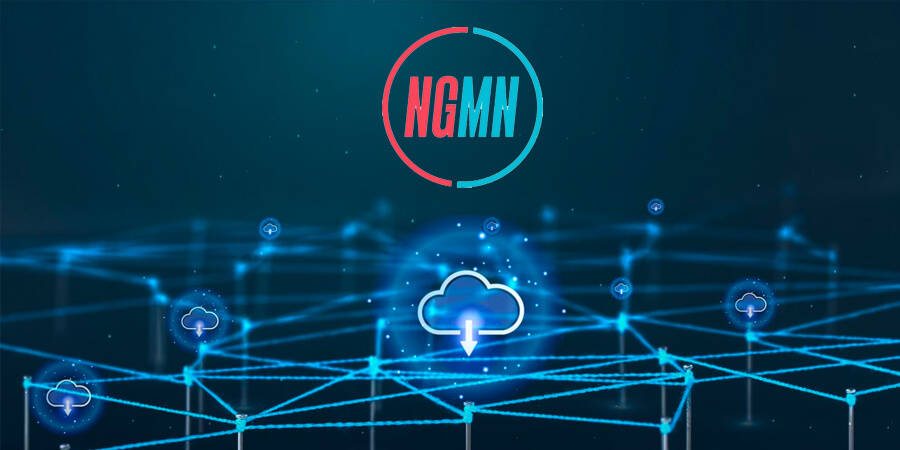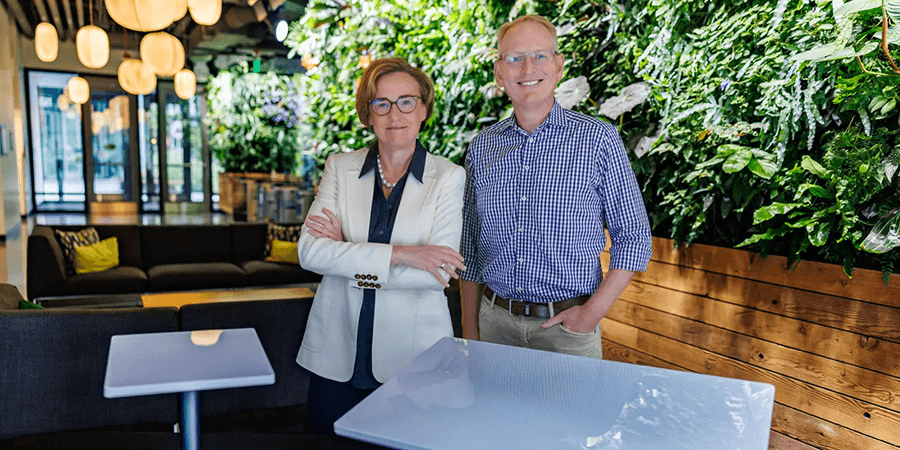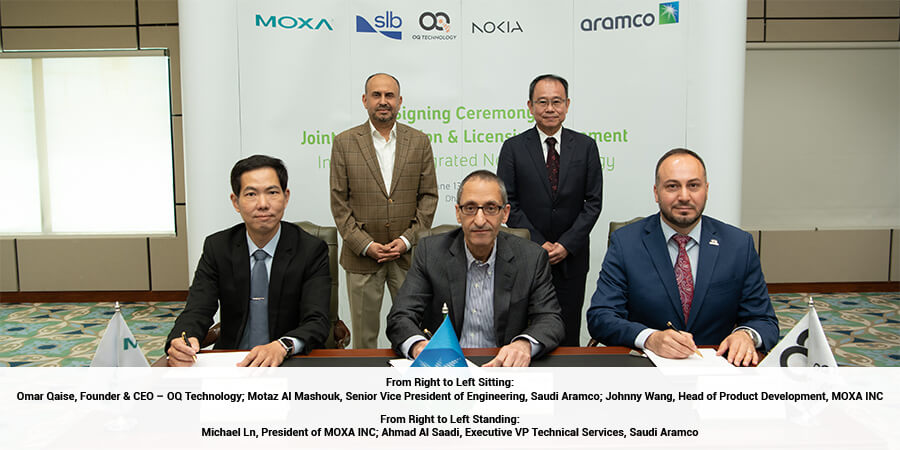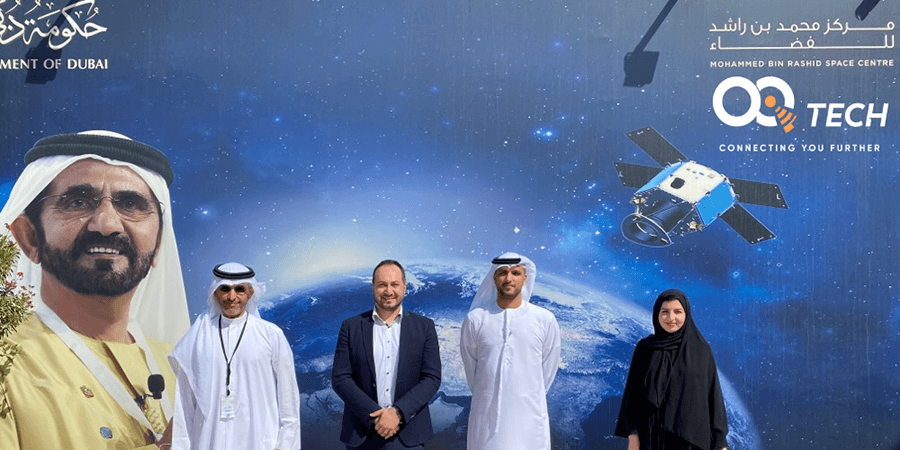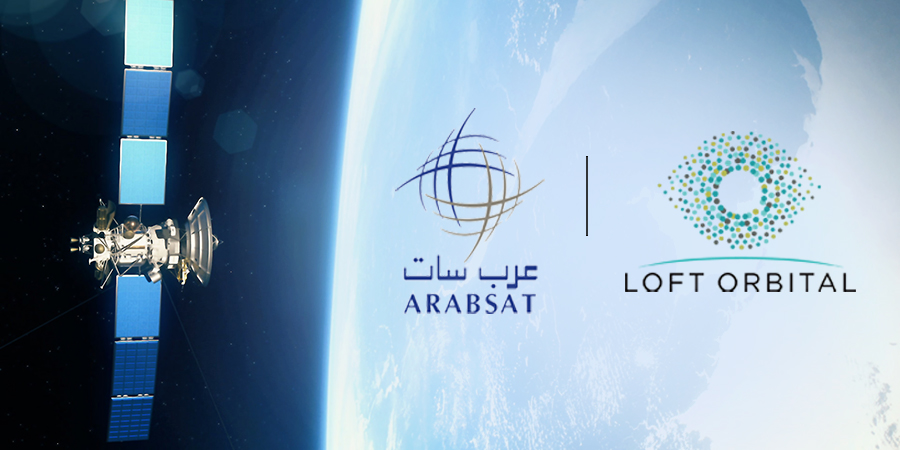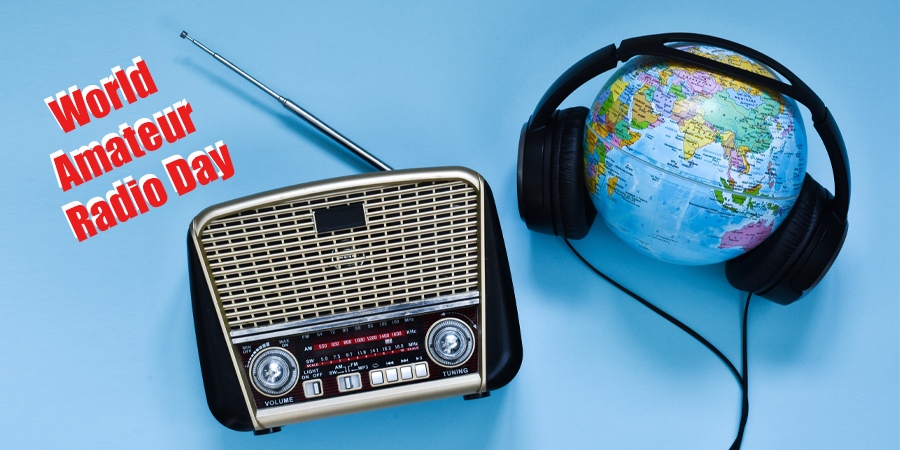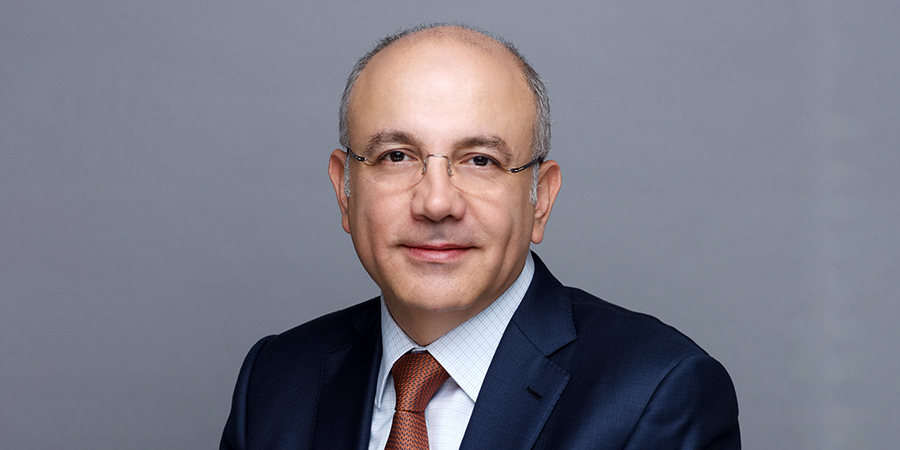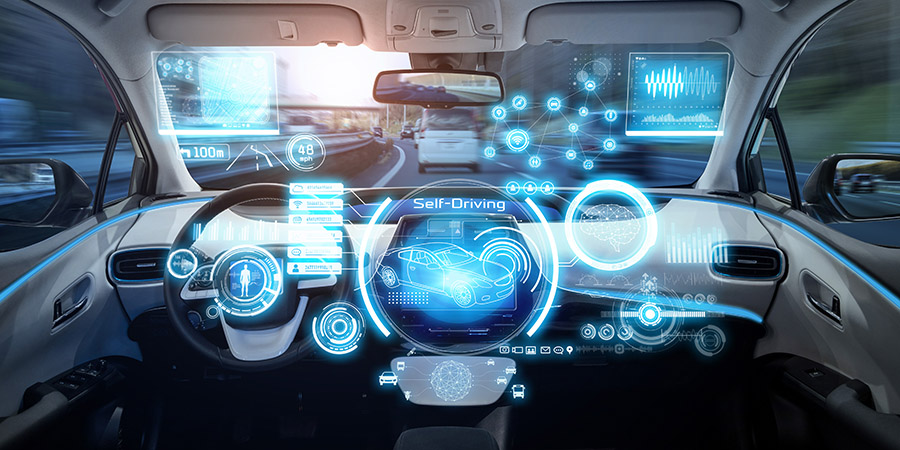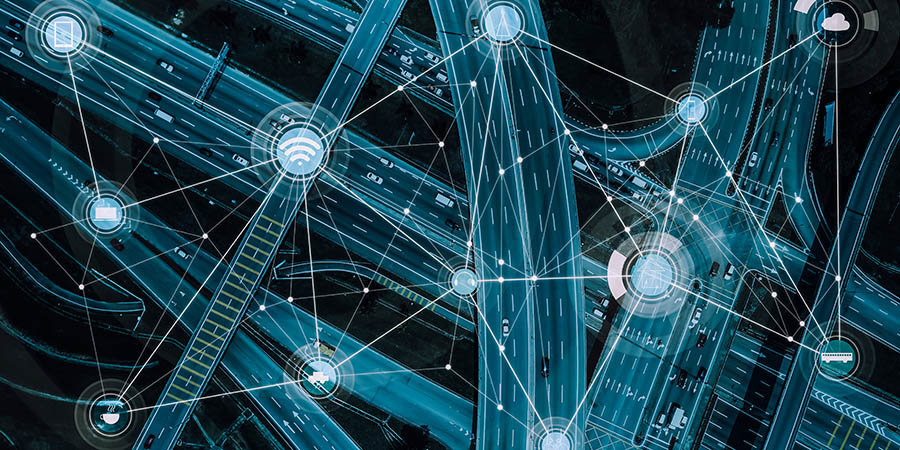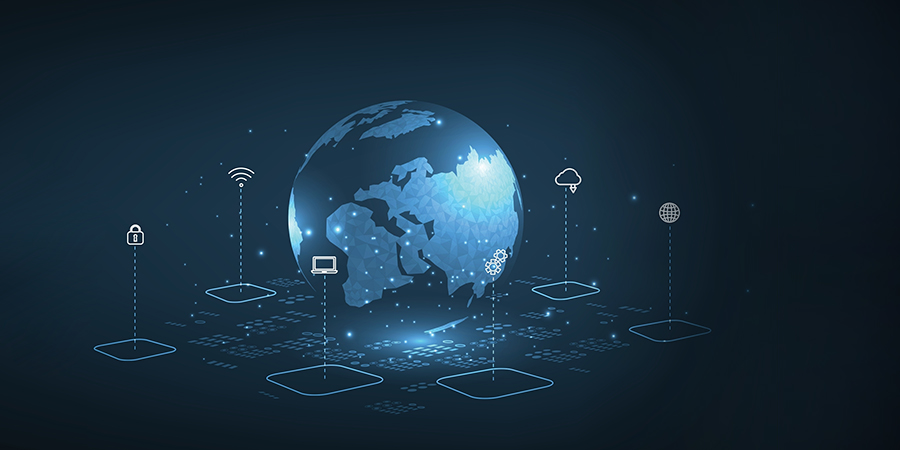Nokia's vision is to "disrupt the current ecosystem with extreme automation," said Mohamed Samir, head of services for MEA at Nokia, speaking to Telecom Review about the company's customized services and solutions that cater to the needs and aspirations of communications service providers. Nokia's MIKA, for example, is the first digital assistant customized for the telco industry.
Nokia is perceived as a leader in services delivery and as the most innovative vendor in the market. Can you explain how your service delivery capabilities are unique and how you innovate in service delivery?
With widespread IoT and 5G around the corner, the complexity in networks is going to increase many fold, so communications service providers will need to deliver high speed, low latency services for diverse applications - with agility on one hand and a flawless performance on the other, and all this needs to be achieved while remaining profitable! Nokia is here to help.
Service delivery is a key differentiator for Nokia and we will continue to invest for the future. We aspire to have the most innovative services and business models and deepest E2E solutions expertise combined with the next generation delivery. Our vision is to disrupt the current ecosystem with extreme automation. Many strategic pillars around automation and strong analytics capabilities support our vision.
Nokia AVA which is our next generation cognitive service delivery platform
Robots will be the way to scale fast enough and yet maintain high quality and consistency levels
Analytics to predict and prevent network performance degradation before it impacts the customer
MIKA the first digital assistant customized for the telco industry
Deployment of VR for field maintenance in managed services
Drones for line-of-sight surveys and tower inspections or even optimization
Bell Labs solutions and innovations on machine learning and artificial intelligence
Nokia WINGS which is a worldwide IOT network grid as service
Liquid workforce to enable availability of competence seamlessly
What can you tell us about MIKA, Nokia's customized 'digital assistant'? How does it help operators to boost efficiency?
MIKA is the first digital assistant customized for the telco industry. With MIKA, the engineers get the right answers instantly, instead of spending hours searching for them. The world is going thru information tsunami; therefore, finding the right information is a daily challenge for telecom engineers. MIKA provides a single interface and responds to voice or text commands. It uses augmented intelligence to provide the right answers in very fast manner.
MIKA reduces wasted time and freeing workers to focus on more critical tasks. For example, an engineer can ask MIKA to assist in troubleshooting a fault, check a configuration of the network, generate a report showing the performance of the network. MIKA can also tap into the power of Nokia AVA.
What is Nokia AVA? And how does it help MIKA to provide the right answers?
Nokia AVA is our cognitive services platform, enabling the creation of new, analytics-based services. AVA leverages analytics, virtualized service delivery and automation (hence 'AVA'). Within AVA, we have created the knowledge library, which is a repository of best practices gathered from Nokia projects around the world. We manage networks on behalf of our customers with millions of network elements and hundreds of millions of subscribers. Every five minutes we bring a new site into operation and we perform nearly one million successful software upgrades each year. That is a huge amount of valuable data and Nokia AVA puts that at the fingertips of engineers through MIKA.
Nokia also introduced 'Predictive Repair' this year, again powered by Nokia AVA. What can you tell us about this?
Nokia Predictive Repair helps operators improve network quality by accurately predicting hardware failures and providing replacement recommendations. This service combines our hardware services expertise, predictive analytics, and Bell Labs machine learning algorithms to enable operators to move away from traditional 'break-fix' approaches. The Predictive Repair service uses big data analytics to predict hardware failures up to 14 days in advance and allow them to take steps to replace the module before it fails. Apart from boosting network quality, this service can reduce OPEX for the operator, for instance, through better scheduling of site visits and cutting inventory costs.
How are new technologies like these helping operators in the Middle East?
Operators in the Middle East tend to be forward-looking and open to the use of new technologies. To give a great example, one of the mobile operators in the region wanted to improve the baseline performance of its LTE network to deliver the best experience for its subscribers. Nokia worked together with this operator on the Predictive Optimization project that boosted the average data speeds by 50%.
We used intelligent software algorithms to predict when, where and how network performance would be degraded by factors such as congestion and radio interference. The operator was then able to take proactive steps to improve subscriber experience. This included activating new software features to reduce buffering and interruptions whilst using YouTube, and automatically adjusting the angle of basestation antennas to provide wider coverage areas and more reliable voice services. This was a fantastic demonstration of partnership between vendor and operator and in fact, it won an international award, as well as a regional award.
We've also piloted the use of drones with another operator. We have used drones to optimize performance inside a sports stadium, to complete remote inspections of telecoms towers, and to check the line-of-sight for microwave links.
What is the future of analytics and automation for critical communications? How can it have a positive impact on society?
At Nokia, we talk about 'expanding the human possibilities of the connected world' and this is a great example of how technology can bring numerous benefits to humanity. Public safety networks need to provide flawless connectivity. Five nines (99.999%) reliability is not an aspiration; it's a requirement and it's difficult to achieve that using the traditional methods. We rely on police, fire fighters and paramedics to keep us safe, and in turn they rely on public safety networks and ultimately analytics and automation can help to make the world a safer place for all of us.
In fact, Nokia started utilizing its own innovative tools towards its customer focusing on analytics, where we work on machine learning and predictive maintenance models towards our public safety customers to enhance the responsive rates and the decision making for such mission critical networks. Nokia recently won the 'UAE Drones for Good' award in the international category this year, showcasing the use of drones to facilitate efficient rescue operations for first responders.
Can you divulge some of Nokia's future plans for analytics? How is it changing your business and how will it impact operators?
We're running several training and certification programs to enable our engineers on analytics, as well as recruiting data scientists to bring new skills into our industry. We're also working closely with our colleagues in Nokia Bell Labs who have a lot of expertise on machine learning and artificial intelligence. We realize, though, that we don't have a monopoly of wisdom and that's one of the reasons why Nokia AVA has been built as an open platform. We're in fairly advanced discussions with several companies about plugging their analytics software into our platform through open APIs. This is about trying to create an entire big data ecosystem! The use cases will go beyond traditional network analytics to include IoT, smart cities and data monetization.



